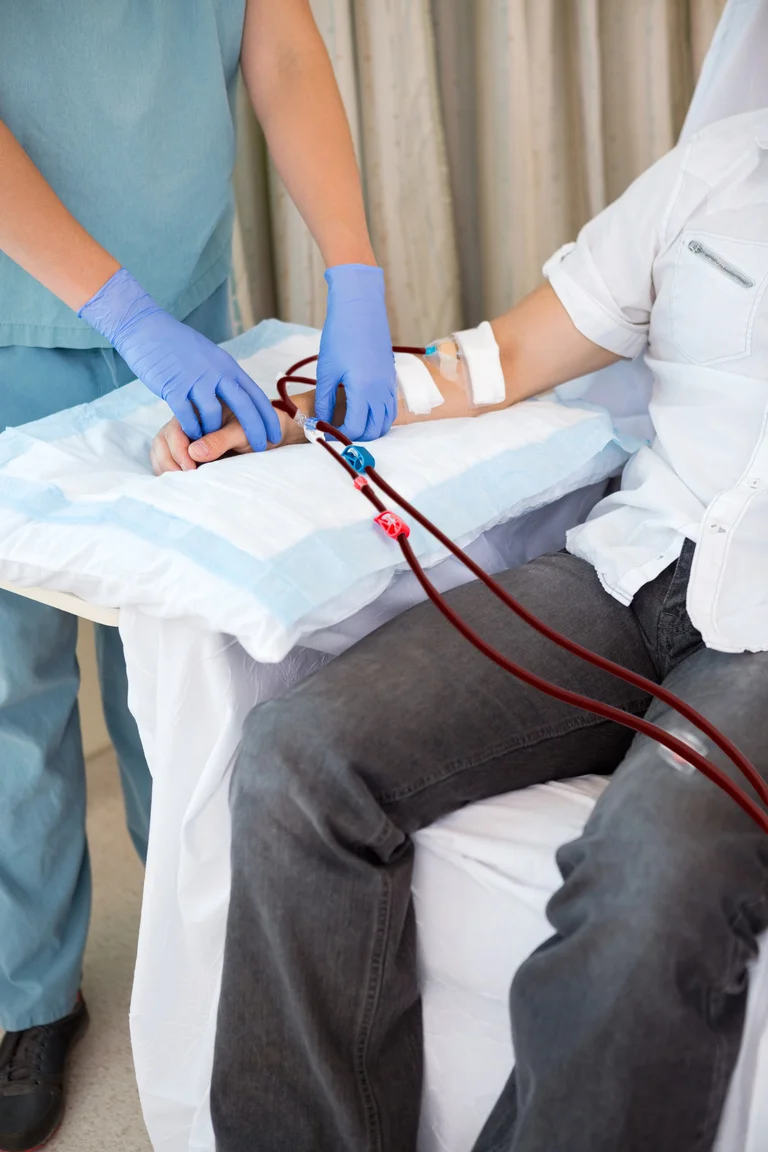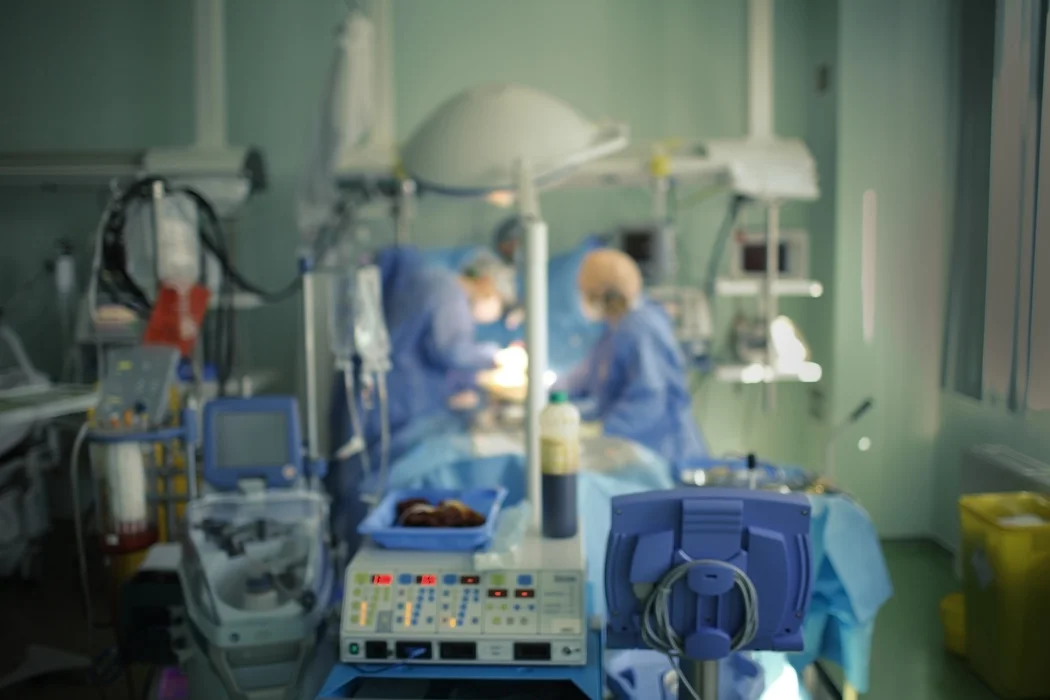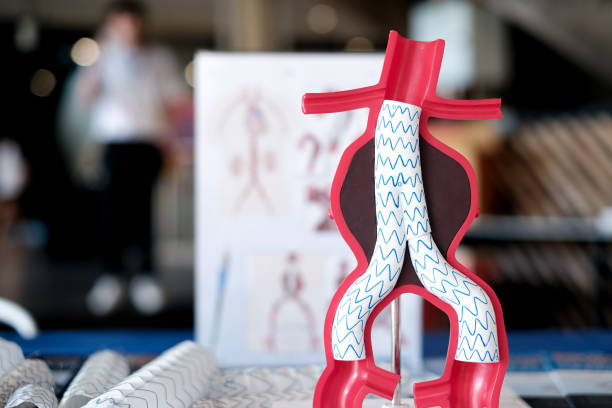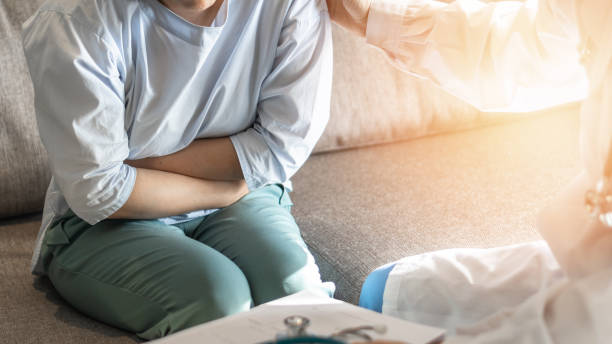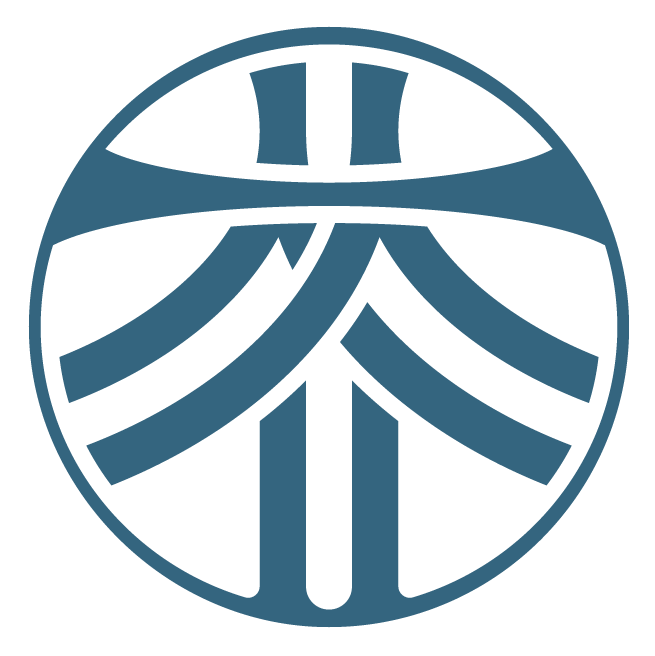Spider veins are tiny, dilated blood vessels that twist and turn just beneath the skin’s surface. They can be a source of discomfort and make many people self-conscious. While typically harmless, they can sometimes cause itching, burning, and aching sensations, and for some, they’re aesthetically displeasing.
Fortunately, there are several effective treatments available to address spider veins, offering relief and restoring confidence. In this article, we’ll explore these treatments in detail, providing you with the information you need to make informed decisions about managing your spider veins.
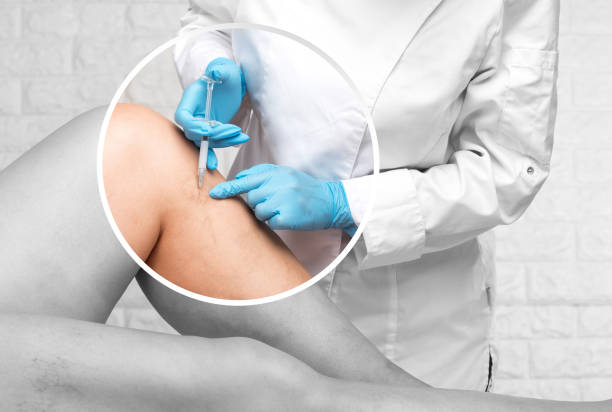
Understanding spider veins
Before delving into treatments, let’s briefly understand what spider veins are. Spider veins, also known as telangiectasia, are small, dilated blood vessels that appear close to the skin’s surface. They often resemble spider webs or tree branches, hence the name. While they can develop anywhere on the body, they’re most commonly found on the legs and face. Factors such as genetics, age, hormonal changes, obesity, and prolonged standing or sitting can contribute to their development.
Before commencing treatment for spider veins, it is important to first perform a duplex ultrasound to assess for the presence of venous reflux in the larger superficial veins. Should venous reflux be present, concomitant treatment for this is recommended. Leaving underlying venous reflux untreated can result in a much higher recurrence rate for the spider veins.
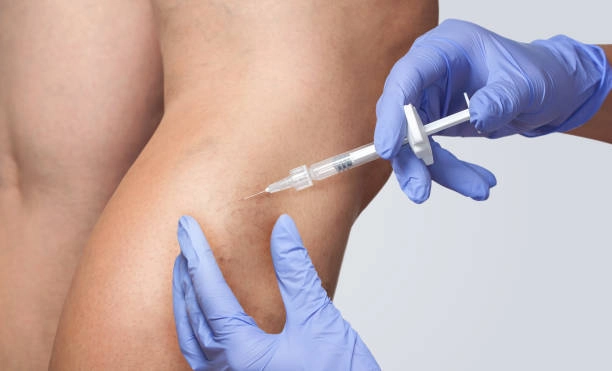
Spider Vein Treatments: Options for Treatment
- Compression Stockings:
One of the simplest and most non-invasive ways to manage spider veins is by wearing compression stockings. These specially designed stockings apply pressure to the legs, helping to improve circulation and reduce the appearance of spider veins. It is important to take note that compression stockings will not eliminate existing spider veins, they may however decrease the chance of new ones forming, as well as provide symptomatic relief.
- Sclerotherapy:
Sclerotherapy is a popular and effective treatment for spider veins. During this minimally invasive procedure, a sclerosing agent is injected directly into the affected veins, causing them to collapse and eventually fade from view. Sclerotherapy is typically performed in the outpatient clinic and requires little to no downtime. Multiple sessions (typically 2-3 sessions) may be needed for optimal results, depending on the severity/extent of the spider veins.
- Vein Gogh Ohmic Thermolysis
VeinGogh is a minimally invasive treatment for spider veins that uses microburst technology to deliver controlled, high-frequency electrical energy directly to the affected veins. This energy generates heat, causing the veins to collapse and eventually be absorbed by the body. The procedure is also performed in the outpatient clinic. It is quick, virtually painless, and requires no downtime. Multiple sessions (typically 2-3 sessions) may be needed for optimal results, depending on the severity/extent of the spider veins.
Choosing the right treatment
When considering spider vein treatments, it’s essential to consult with a qualified healthcare professional who can assess your condition and recommend the most suitable option for you. Factors such as the size, location, and extent of your spider veins, as well as your overall health and medical history, will influence the treatment approach.
Concerned About Spider Veins?
Spider veins may seem small but can indicate deeper issues. Discover treatment solutions that improve both appearance and circulation.

Conclusion
Spider veins may be a common and often benign condition, but they can impact both physical comfort and self-esteem. Fortunately, there are multiple effective treatment options available. By understanding your options and working with a knowledgeable healthcare provider, you can find relief from spider veins and regain confidence in your skin. Don’t let spider veins hold you back—explore your treatment options and take the first step towards smoother, healthier-looking skin.
In conclusion, effective treatments for spider veins offer hope and relief to those affected by this common condition. Whether you opt for compression stockings, sclerotherapy, or vein gogh thermolysis, the key is to seek professional guidance and tailor the treatment to your individual needs. With the right approach, you can say goodbye to spider veins and hello to smoother, more beautiful skin.






